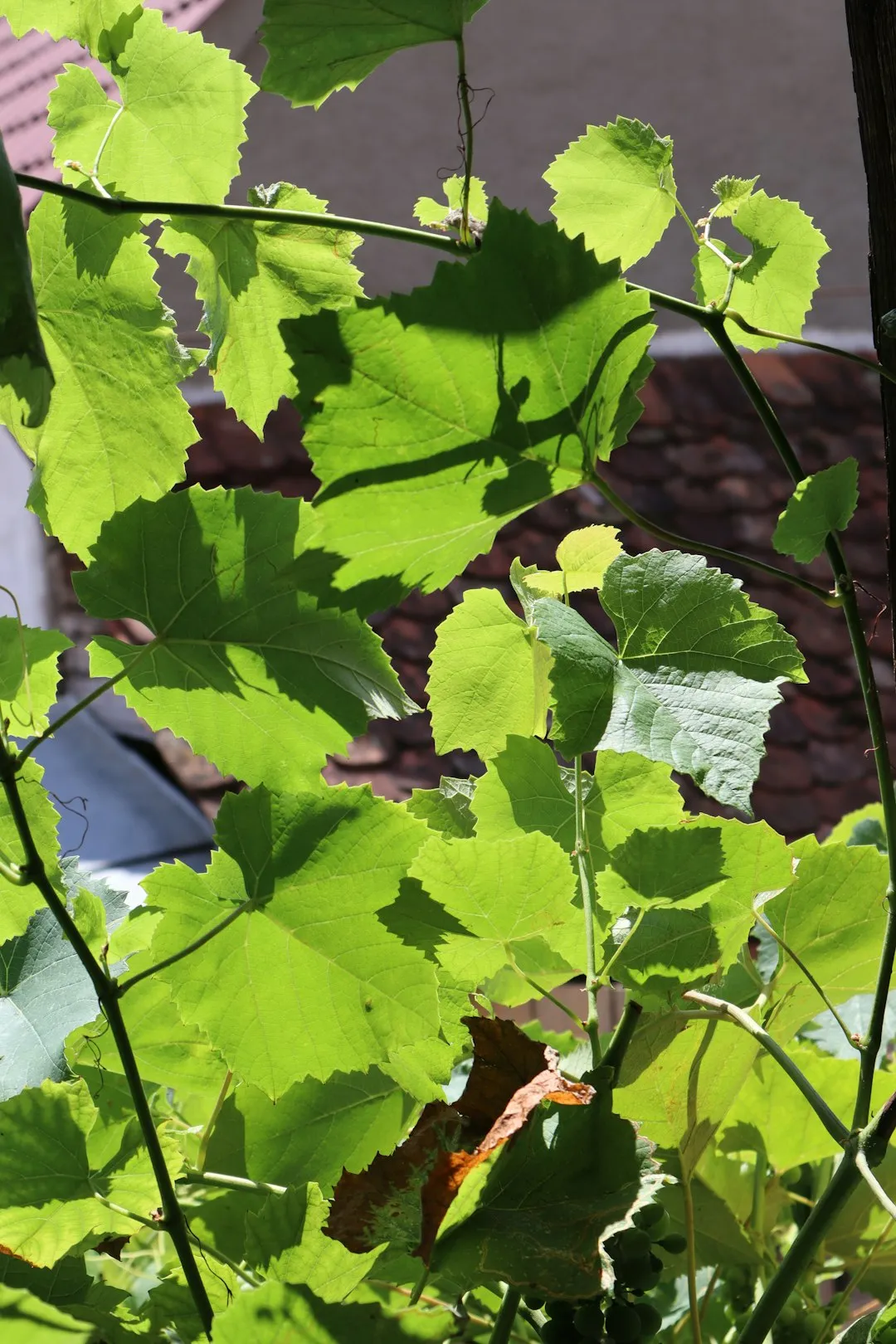The Secret of Composting Parchment Paper in Your Yard

When it comes to caring for your yard, compost gardening is a fantastic way to enrich the soil and reduce waste. However, not all parchment paper is compostable, and understanding which kind is and the best ways to add it to your compost pile can significantly enhance the efficiency of your composting process.
First, let's clarify what parchment paper is. Parchment paper is a type of paper that has been treated to make it non - stick and heat - resistant. It is commonly used in baking and cooking. There are two main types of parchment paper: bleached and unbleached. Unbleached parchment paper is generally a better option for composting because it is made from natural materials without the addition of harsh chemicals during the bleaching process. Bleached parchment paper may contain chlorine or other chemicals that can be harmful to the microorganisms in your compost pile and may also contaminate the soil when the compost is used.
To determine if your parchment paper is compostable, check the packaging. Some manufacturers clearly label their products as compostable. If there is no label, a good rule of thumb is to look for unbleached, natural - looking parchment paper. Avoid parchment paper that has a shiny or waxy coating, as these coatings may not break down easily in the compost pile.
Now, let's discuss the best ways to add parchment paper to your compost pile. Before adding the parchment paper, it is advisable to tear it into small pieces. This increases the surface area of the paper, allowing the microorganisms in the compost to break it down more quickly. Smaller pieces also mix more easily with the other materials in the compost pile.
When adding the torn parchment paper to the compost pile, layer it with other organic materials. A good compost pile consists of a balance of green materials (such as grass clippings, vegetable scraps, and fresh leaves) and brown materials (such as dry leaves, twigs, and shredded paper). Parchment paper falls into the brown material category, providing carbon. Alternate layers of green and brown materials to create a well - balanced compost pile. This balance is crucial for the proper decomposition process, as the green materials supply nitrogen, which is essential for the growth of the microorganisms that break down the organic matter.
Moisture is another important factor in composting. The compost pile should be kept moist, but not too wet. If the pile is too dry, the decomposition process will slow down. If it is too wet, it may become anaerobic, producing unpleasant odors. When adding parchment paper to the compost pile, make sure to water it lightly if the pile seems dry. You can also cover the compost pile with a tarp to help retain moisture.
Turning the compost pile regularly is also essential for quick decomposition. Use a pitchfork or a compost turner to mix the materials in the pile. This helps to aerate the pile, allowing oxygen to reach the microorganisms. Oxygen is necessary for the aerobic decomposition process, which is the most efficient way to break down organic matter. By turning the pile every few weeks, you can ensure that the parchment paper and other materials are evenly decomposed.
Monitoring the temperature of the compost pile is also a good practice. A healthy compost pile should reach temperatures between 110°F and 160°F (43°C and 71°C). These temperatures indicate that the microorganisms are actively breaking down the organic matter. If the temperature is too low, the decomposition process may be slow. If it is too high, it may kill some of the beneficial microorganisms. You can use a compost thermometer to check the temperature of the pile.
In addition to the basic composting techniques, there are some other tips to help the parchment paper break down quickly. You can add a compost accelerator, which contains beneficial bacteria and enzymes that can speed up the decomposition process. Another option is to soak the parchment paper in water for a few hours before adding it to the compost pile. This can soften the paper and make it easier for the microorganisms to break it down.
Composting parchment paper in your yard is not only beneficial for the environment but also for your garden. Once the compost is fully decomposed, it can be used to enrich the soil in your flower beds, vegetable gardens, or lawns. The nutrients in the compost will help plants grow stronger and healthier. It also improves the soil structure, allowing for better water retention and drainage.
However, it is important to note that composting is a process that takes time. It may take several months for the parchment paper and other materials in the compost pile to fully decompose. Be patient and follow the proper composting techniques, and you will be rewarded with high - quality compost for your yard.
In conclusion, caring for your yard through compost gardening is a rewarding and sustainable practice. By understanding which parchment paper is compostable and the best ways to add it to your compost pile, you can make the most of this common kitchen item and contribute to a healthier and more beautiful yard. So, the next time you use parchment paper in the kitchen, don't throw it away. Instead, add it to your compost pile and watch it transform into valuable soil amendment.